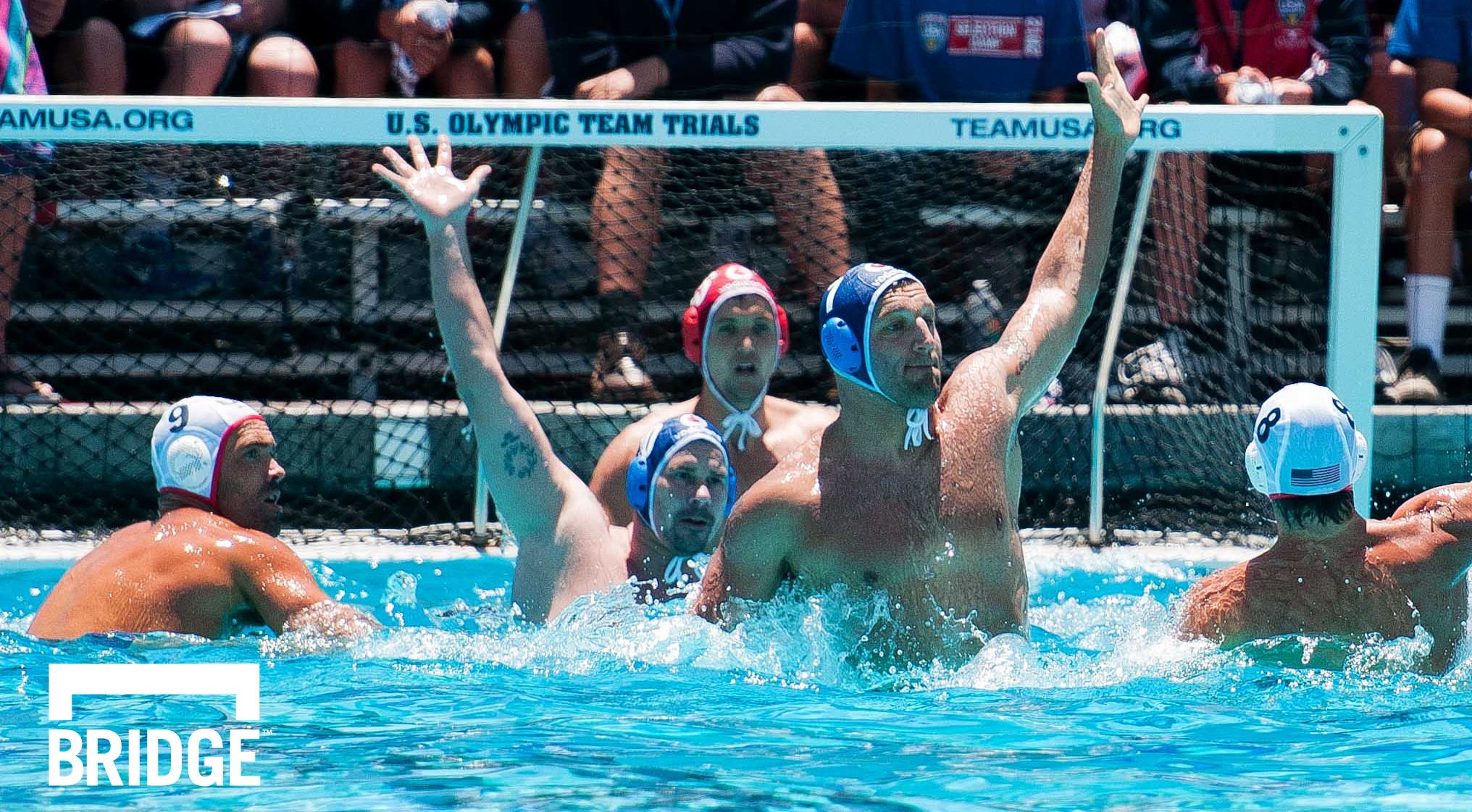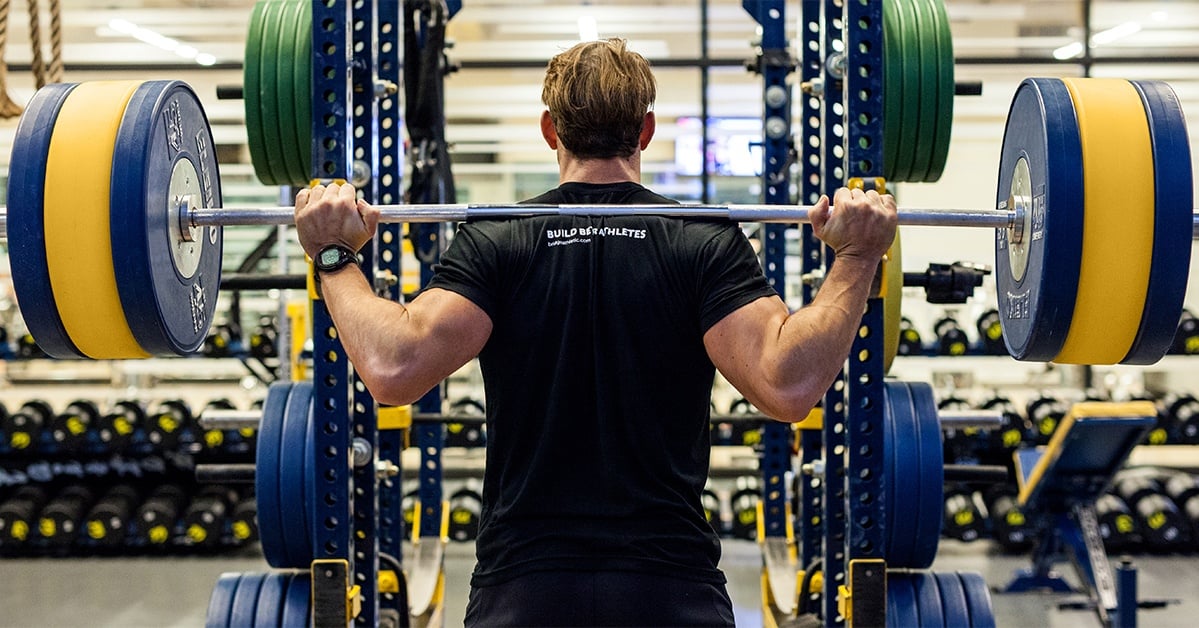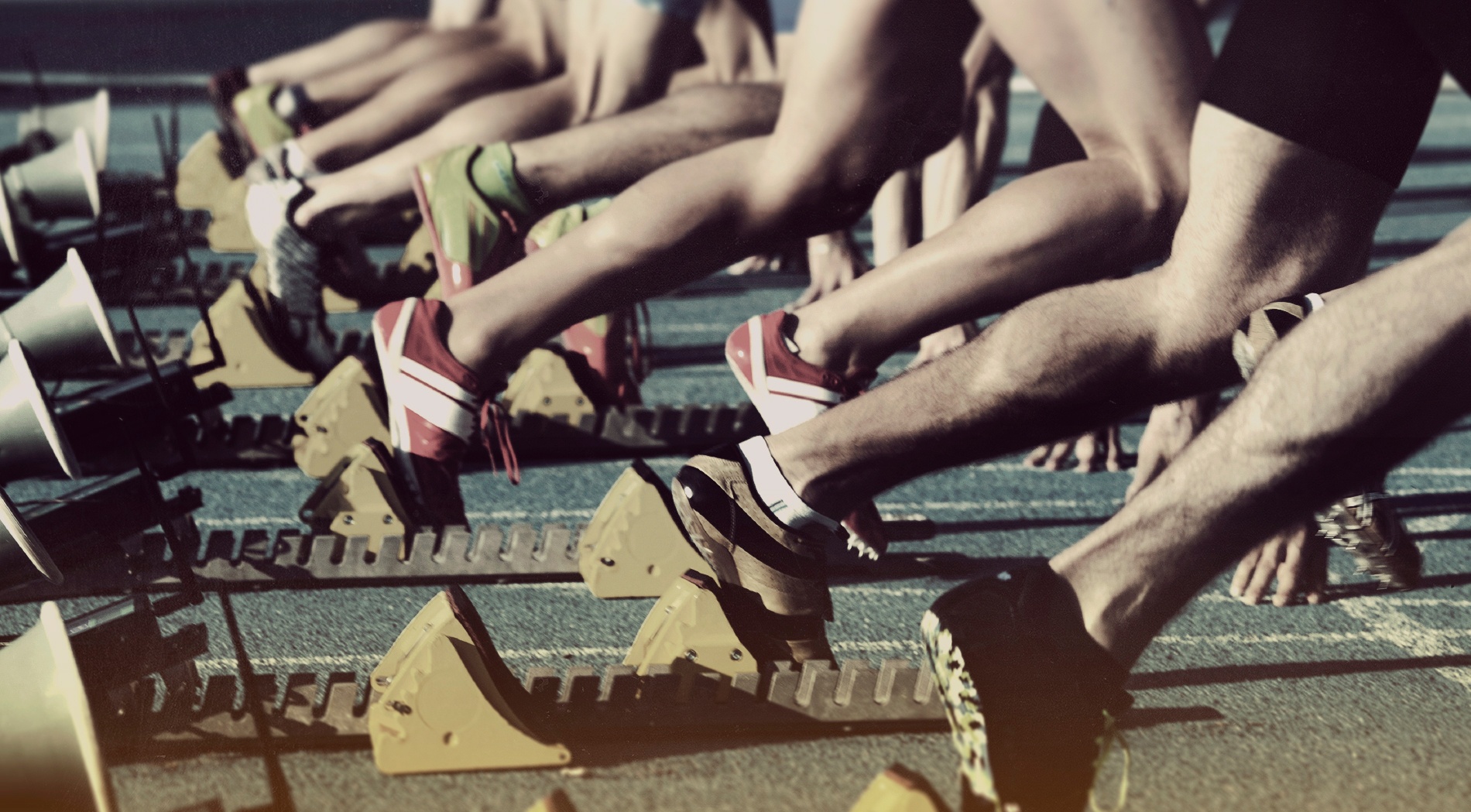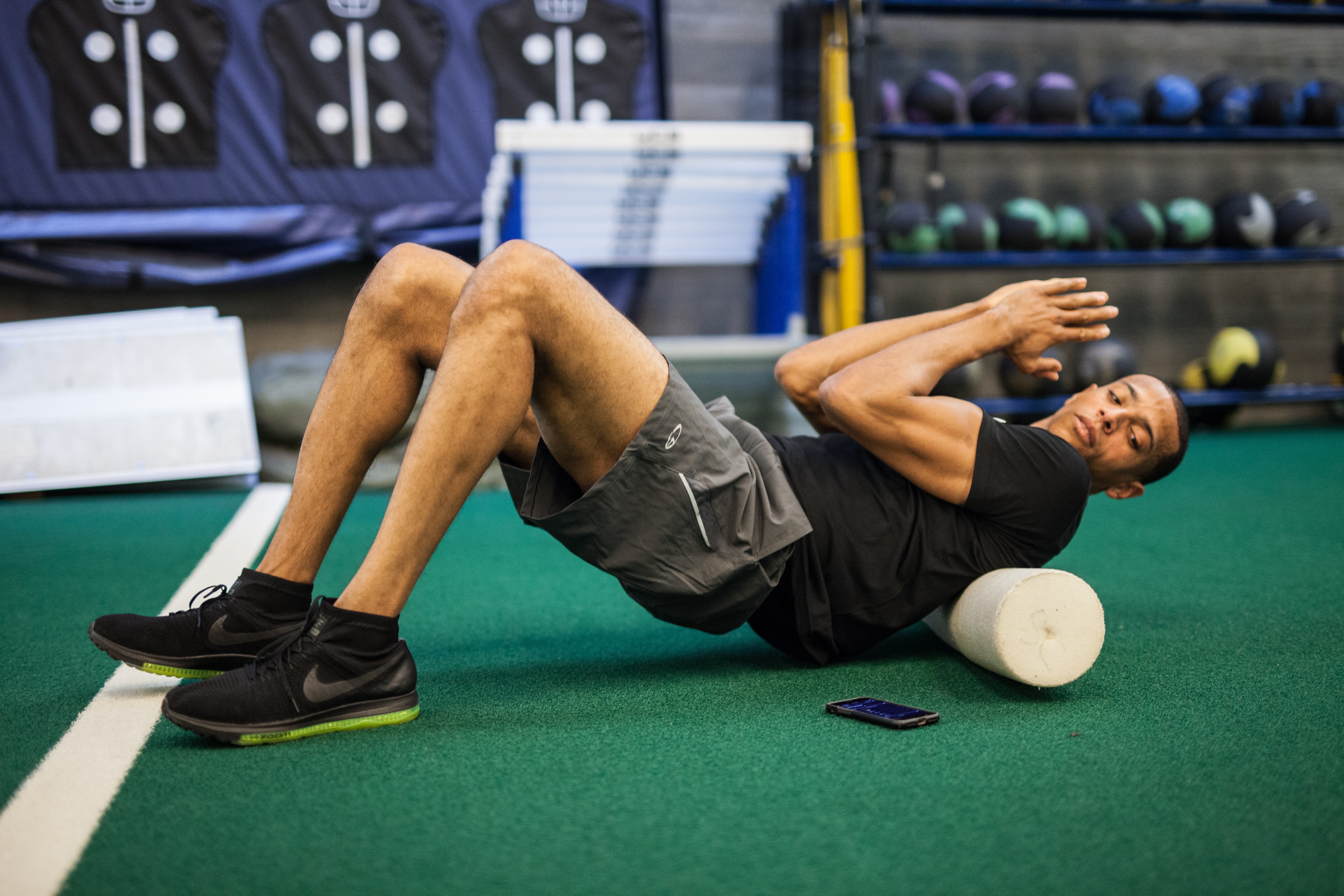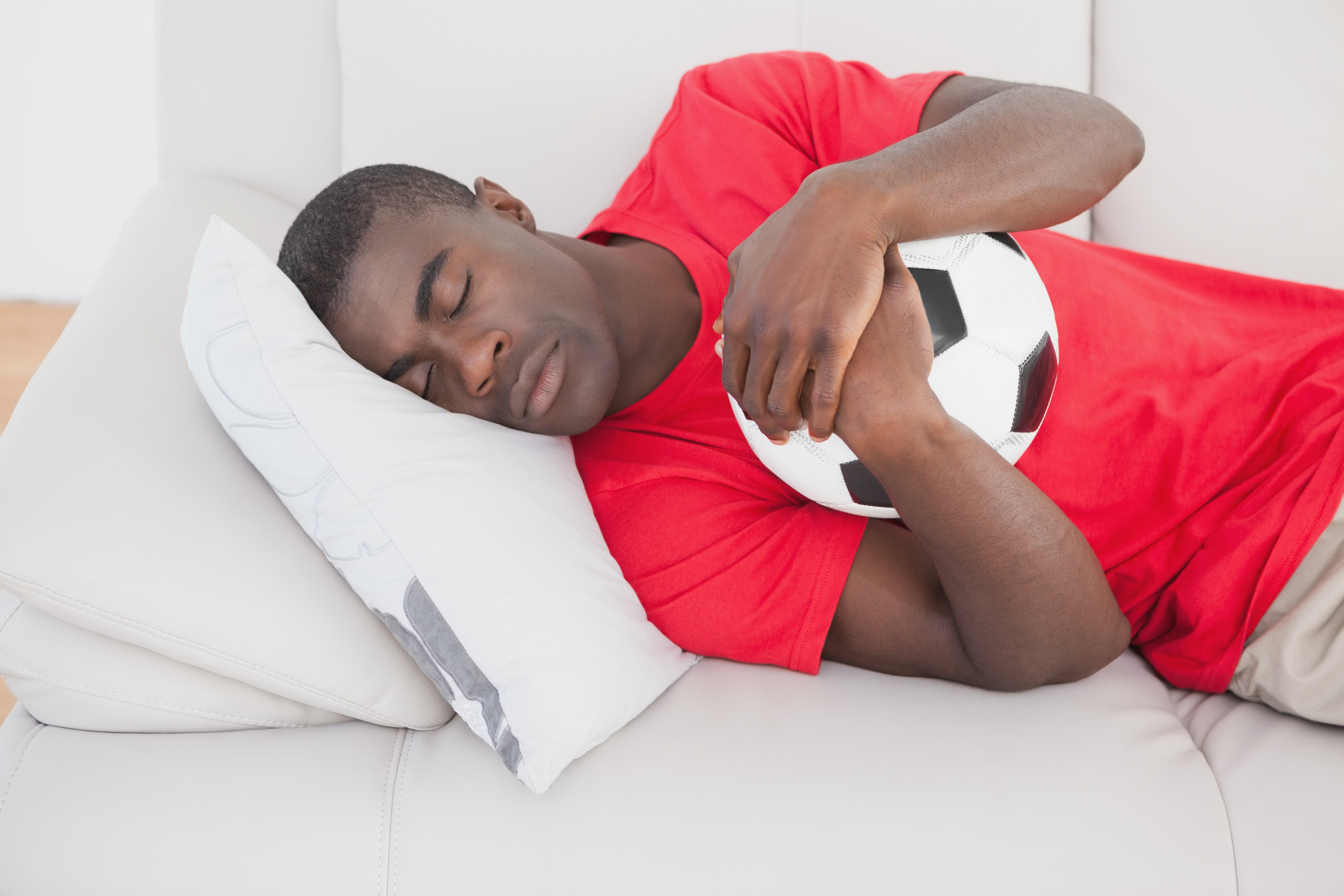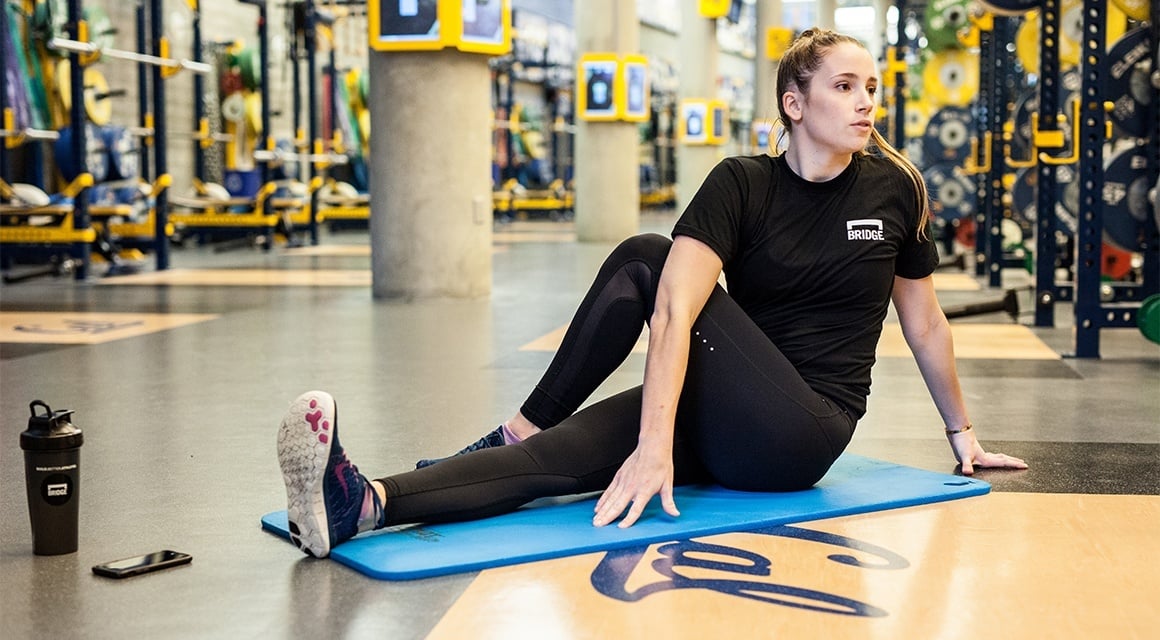The BridgeAthletic Building Block Series is a set of 5 exercises that can be performed by water polo players of all levels on the pool deck.
Read MoreStrength training is shown to provide many benefits for elite athletes including, but not limited to: increased muscle endurance, hypertrophy and increased muscular strength. The specifics of a strength program are extremely important to monitor. In addition to the already well researched and stressed details of repetition in numbers and weight load, rest intervals can help you reach your specific strength training goals.
Read MoreIn-Season Strength and Conditioning to Build Speed and Power
By Megan Fischer-Colbrie on July 16, 2017
What happens in an elite training program as athletes move into the thick of their competition season? In short, it depends on the sport. From the golf swing to the first 15 yards of a sprint, explosiveness and acceleration are traits that can be perfected with proper training. Once athletes have a basic technical skill set, then they can begin to build strength and power.
Read More
Speed and agility skills are important for soccer players to learn in order to improve their multi-directional speed. With or without the ball, the main goal of increasing a player’s quickness is to maximize performance and react faster than an opponent. Introducing agility basics early allows players to establish a solid set of techniques before increasing the complexity of the drills down the road. There are many soccer-specific progression drills that players can do to increase their quickness on the field and reduce the risk of injury.
Read More
Elite coach and BridgeAthletic’s co-founder, Nick Folker, joined HMMR for a podcast episode discussing how coaches can leverage strength and conditioning technology to be better at their jobs. Technology is a controversial topic in sports training and is oftentimes frowned upon by coaches in the weight room or on the field. Nick talks about these common misconceptions, benefits of incorporating technology, and the future of sports and technology in strength and conditioning programs. Here is the HMMR episode and a recap of the discussion.
Read MoreTraveling to competitions during season can take a toll on athletes, it can easily disrupt sleep schedules, which is one of the most important aspects of recovery for all athletes during season. Getting the proper amount of sleep is essential in order to increase athletic performance. It is important for athletes, especially those traveling across time zones, to consider some ways to stay ahead of the effects that traveling can have on the body .
Read MoreDelayed onset muscle soreness (DOMS) is common for all athletes and is caused after performing high-intensity unaccustomed exercises. More specifically, it is due to the high intensity eccentric (lengthening) contractions during these exercises. Eccentric contractions in unprepared muscles can cause micro traumas to the muscle that result in soreness. DOMS tend to concentrate at muscle-tendon junctions due to the high concentration of muscle pain receptors at these myotendinous junctions. An athlete's body responds to this damaged muscle tissue by swelling and causing muscles to feel tender.
Read MoreWhether athletes incorporate naps into their daily routine or choose to opt for them when they are overly exhausted, naps can have a profound effect on alertness and athletic performance. But when is the right time to nap and for how long? The answers to these questions depend on the individual, and the following will help athletes determine the perfect nap in terms of time and length that is best for them.
Read MoreRecovery is an important process to implement in training programs for athletes at all levels in order to prevent injury, reduce fatigue, and enhance athletic performance. Immediately after a practice or competition, athletes should actively cool-down and recover using certain methods. All recovery techniques are valuable for athletes at any level, however there are some unique methods that should be emphasized at the collegiate level. Intense college training demands more specific recovery methods. As athletes shift from high school to college, heavy weight training becomes a top priority to enhance athletic performance. Athlete recovery at this stage should focus on repairing muscles.
Read More
